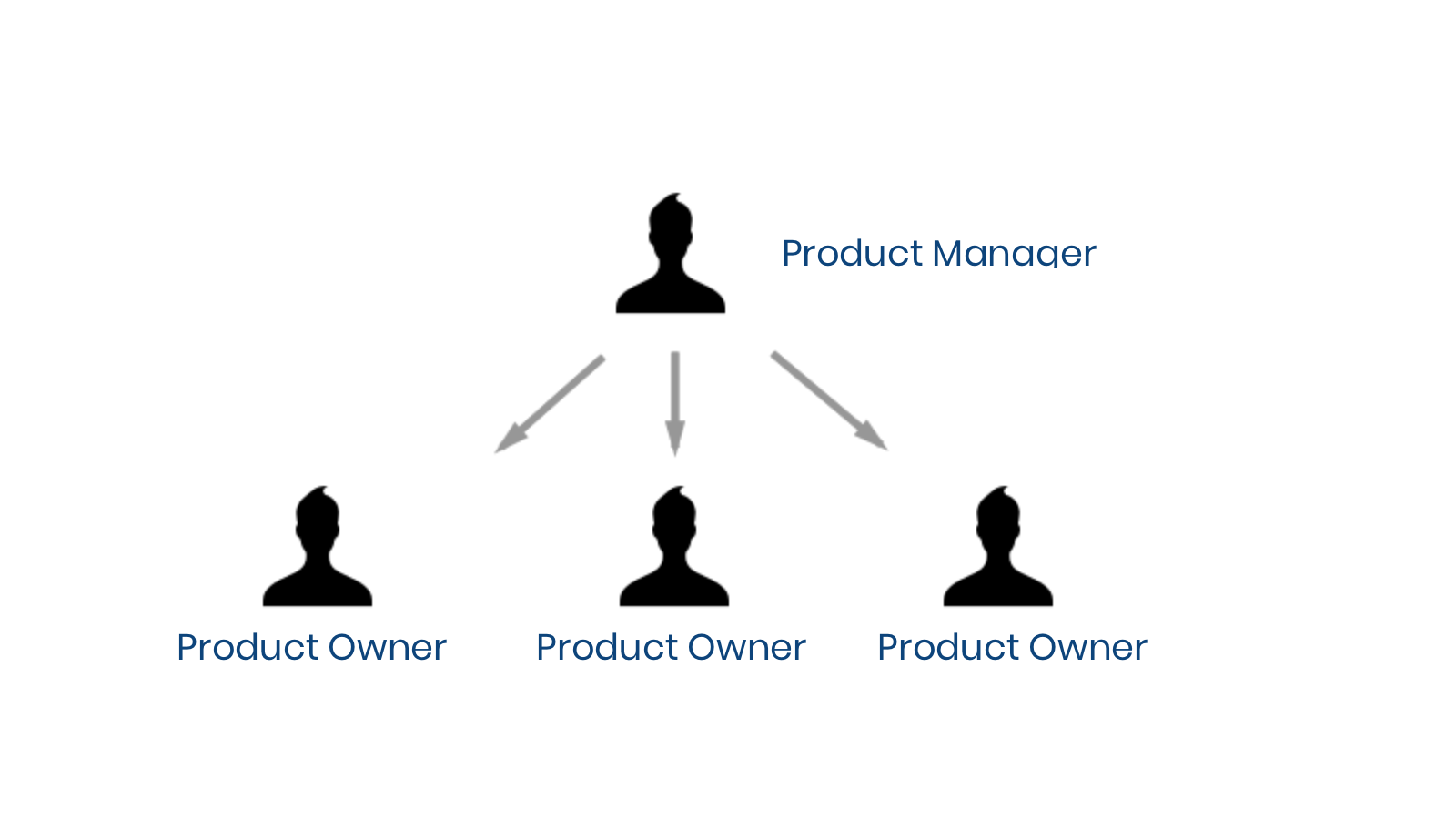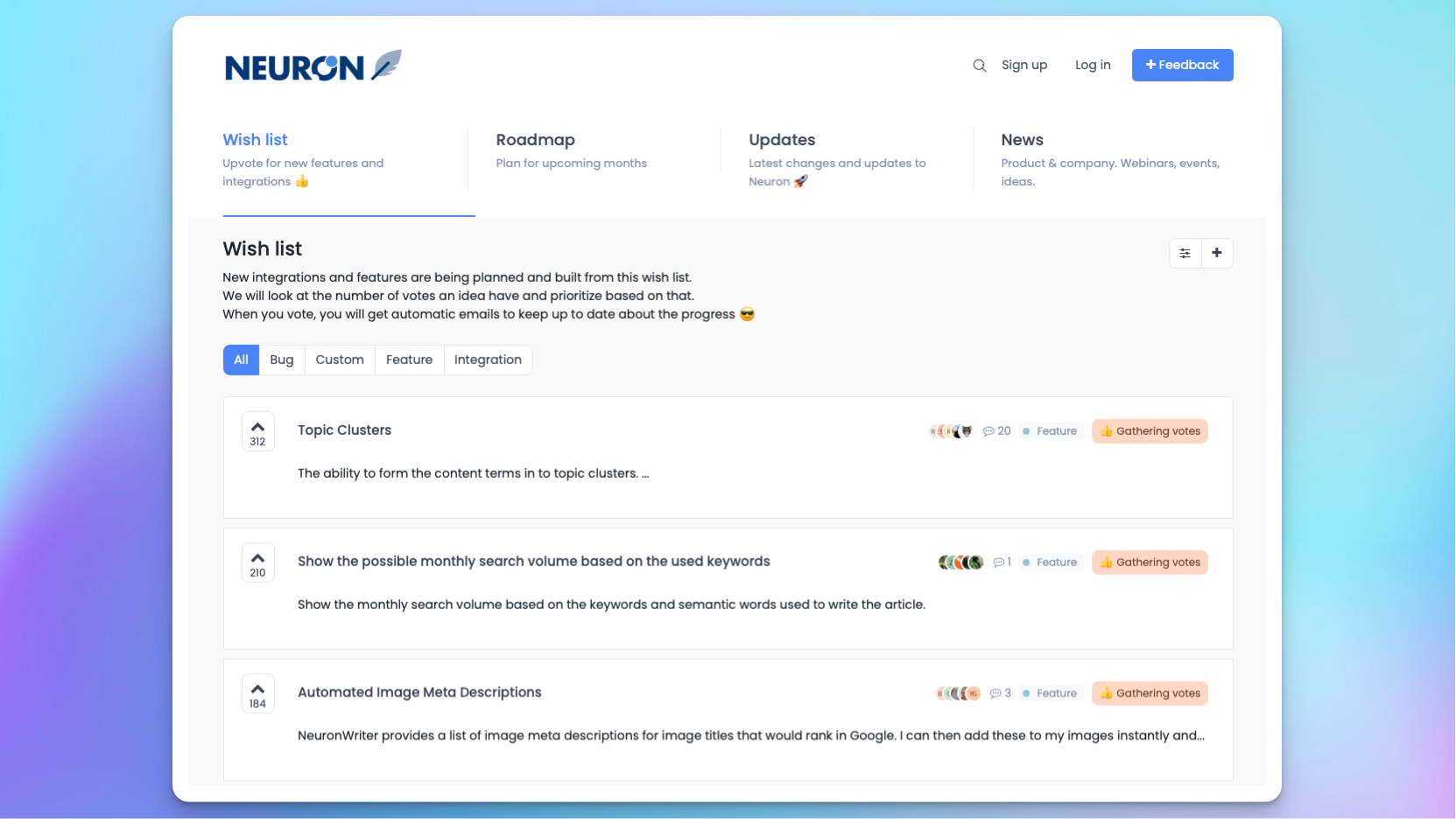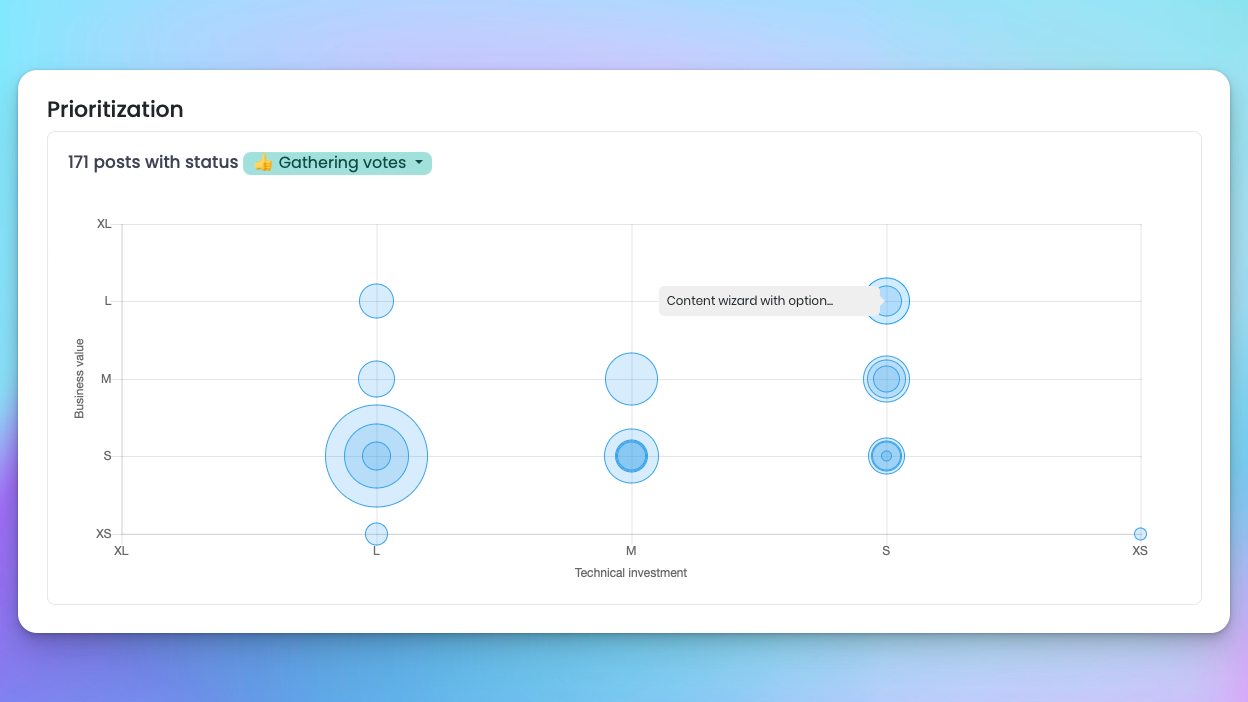Product Manager vs Product Owner

Ruben Buijs
Updated on Mar 13, 2024
In the bustling world of product development, the roles of Product Managers (PMs) and Product Owners (POs) stand out as both essential and distinct.
As we dive into this article, I'll uncover the unique responsibilities, challenges, and rewards that come with each role.
TL;DR
-
POs manage the technical side of product development, focusing on day-to-day tasks - ensuring efficient product building
-
PMs handle the strategic planning, focusing on market and long-term goals - ensuring the product fits market needs.
-
Together, POs and PMs ensure products are well-made and market-ready.
-
Sometimes the functions are combined or have the same meaning.
Table of contents
- TL;DR
- The Origin of 'Product Owner' and its Role in Scrum
- Product Manager: A Role Beyond Digital
- Regional Variations in the Use of 'Product Owner'
- Technical Focus vs. Strategic Oversight
- Hierarchy and Role Expectations in Different Business Sizes
- Product Owner vs Product Manager Salaries
- Aligning Product Managers and Product Owners with ProductLift
- Conclusion
The Origin of 'Product Owner' and its Role in Scrum
The title 'Product Owner' (PO) was introduced by Scrum, primarily as a function within the Scrum framework, not as a standalone job title. It suggests a sense of ownership over the product, implying full responsibility and a focus on quick and robust delivery.
Definition in the Scrum Guide:
The Product Owner is accountable for maximizing the value of the product resulting from the work of the Scrum Team. How this is done may vary widely across organizations, Scrum Teams, and individuals.
In contrast, the Scrum framework's interpretation of a PO's role is more about fulfilling certain responsibilities ('Product Owner-ing') within a project until they are completed, rather than embodying a permanent or full-time position.
Now what about a PM?
Product Manager: A Role Beyond Digital
Historically, the 'Product Manager' (PM) role has roots in non-digital products, such as physical goods like home appliances and cars. This title has traditionally implied a broader scope, encompassing both the design and strategic oversight of a product.
The PM role tends to focus more on strategy, market positioning, and ensuring the product's overall success in the business landscape.
Regional Variations in the Use of 'Product Owner'
There is a tendency, especially in the European industry, to misinterpret the role of a PO. A common misconception is the necessity of having a full-time PO for each development team, regardless of the team's specific scope and needs.
In Europe, particularly in countries like the Netherlands and Germany, the term 'Product Owner' is more prevalent compared to the 'Product Manager'. However, globally, the title of 'Product Manager' is more commonly recognized and used.
Technical Focus vs. Strategic Oversight
Product Owners and Product Managers play distinct yet complementary roles. The Product Owner is the technical expert, deeply involved in the day-to-day management of the product's development. This includes handling the product backlog, detailing user stories, and closely guiding the development team through the intricacies of each sprint. The PO's role is centered around ensuring that the product is built efficiently and effectively, with a keen eye on the technical details.
On the other side, the Product Manager operates as the strategic planner. They look at the bigger picture, focusing on market trends, customer needs, and how the product aligns with the company's broader objectives. The PM's role is to determine what should be built and why, shaping the product's overall strategy to ensure its market success and long-term viability.
The synergy between these two roles is crucial. While POs concentrate on the 'how' and 'when' of building the product, PMs are concerned with the 'what' and 'why'. This partnership ensures that the product is not only well-crafted but also strategically positioned to meet customer demands and business goals, harmonizing the technical precision of development with the vision of market success.
Hierarchy and Role Expectations in Different Business Sizes
In Smaller Organizations or Startups:
-
In smaller companies or startups, the roles of PM and PO are often combined due to resource constraints. A single individual might take on both strategic and tactical responsibilities, overseeing the product’s vision while also managing day-to-day development tasks.
-
This dual role can be effective in environments where quick decision-making and flexibility are paramount, and where the product development process is less complex.
In Larger Organizations or Complex Product Environments:
-
In larger companies or when dealing with complex products, having both roles can be advantageous. The PM can focus on the broader strategic direction of the product, market analysis, and long-term planning. This allows them to remain more outward-facing, focusing on market trends, competition, and customer needs.
-
The PO, in this scenario, can concentrate on the detailed management of the product backlog, liaising closely with the development team, and ensuring the execution of the product roadmap. This role is more inward-facing, focusing on the internal dynamics of the development process.
-
Having both roles allows for a clearer division of labor, which can improve efficiency and effectiveness. It ensures that while one person is dedicated to maintaining the vision and strategy, another is fully focused on the practicalities of bringing that vision to life.
The Possibility of Dual Roles
There are instances where an individual may take on both PM and PO roles, particularly in smaller teams or less complex projects. This dual capacity requires balancing both strategic planning and tactical execution.
Product Owner vs Product Manager Salaries
When it comes to the salary differences between Product Owners (POs) and Product Managers (PMs), there is an interesting variation. According to Salary.com, there isn't a clear distinction in the average salaries of POs and PMs in the United States. For reference, the average salary for a Product Owner is reported to be around $114,639, with a typical range between $104,341 and $127,370 (Salary.com for PO).
However, Glassdoor presents a slightly different picture. The estimated total pay for a Product Owner in the United States is about $134,264 per year, which includes an average salary of $106,781 plus additional pay (like bonuses and profit sharing) of around $27,483 (Glassdoor for PO). In comparison, a Product Manager's estimated total pay is higher, at $156,133 per year, including an average salary of $125,083 and additional pay averaging $31,049 (Glassdoor for PM).
These figures suggest that while both roles are well-compensated, Product Managers tend to have a higher earning potential, reflecting the broader scope and strategic nature of their responsibilities.
Aligning Product Managers and Product Owners with ProductLift
When you have distinct PMs and POs, the alignment between them is critical for the success of any product team. ProductLift, with its comprehensive suite of features, plays a pivotal role in bridging the gap between these two key roles, ensuring that both strategic vision and tactical execution are in harmony.
Centralized Feedback and Strategy Alignment
ProductLift enhances the product development process with its centralized feedback management system, crucial for both Product Managers (PMs) and Product Owners (POs). This feature efficiently gathers and organizes feedback from customers and stakeholders, providing a comprehensive view of user needs. It enables PMs to refine the product strategy while assisting POs in prioritizing tasks effectively, ensuring both roles are aligned and focused on shared objectives.
Prioritization and Continuous Improvement
ProductLift also aids in decision-making by helping prioritize features based on customer value and business impact. This support is invaluable for PMs in strategic planning and for POs in translating strategies into actionable tasks. Additionally, the platform's feedback loop mechanism allows for the integration of insights from released features back into the development cycle, fostering a culture of continuous learning and adaptation within the product team.
Conclusion
The collaboration between POs and PMs brings together technical expertise and strategic vision. By combining their strengths, they ensure that products are not only technically sound but also aligned with market needs and business goals. This synergy is essential for delivering successful products in today’s competitive landscape.





